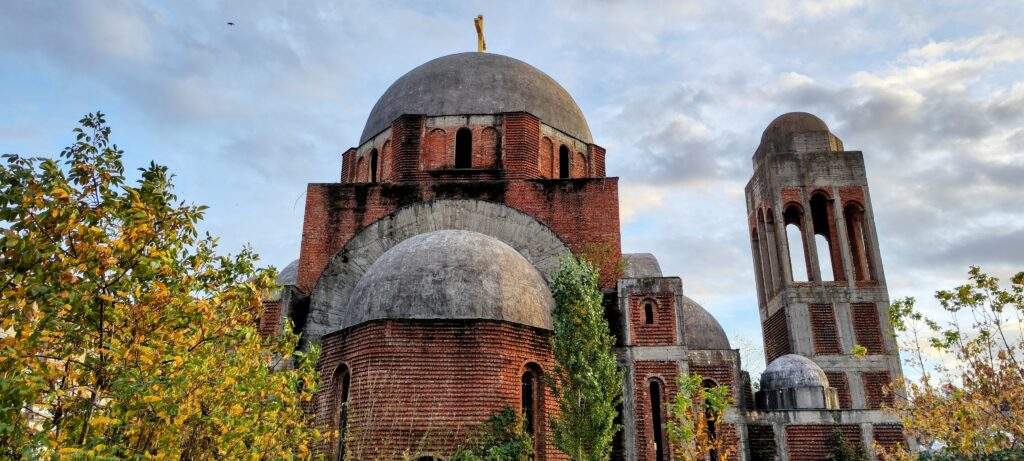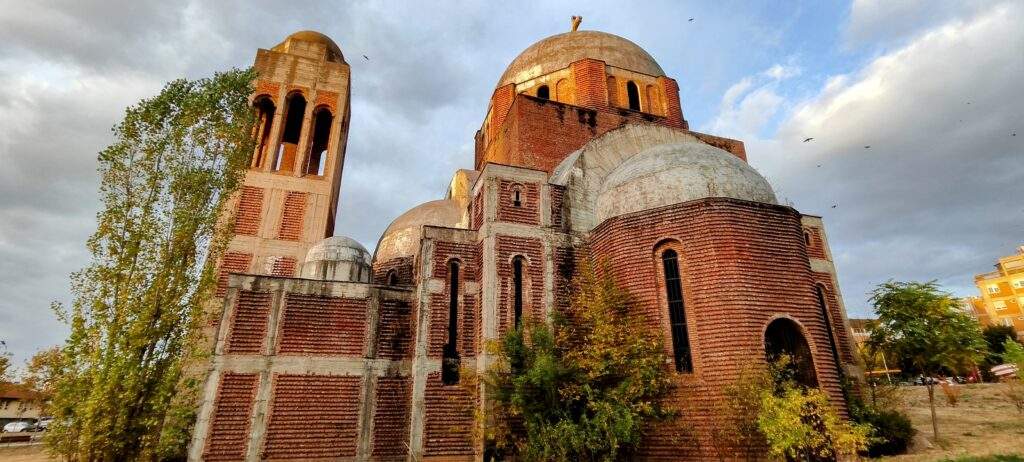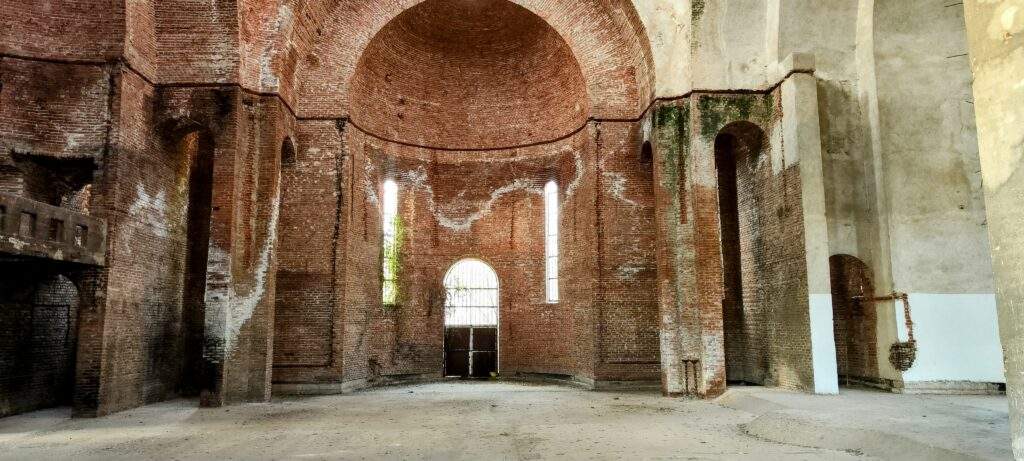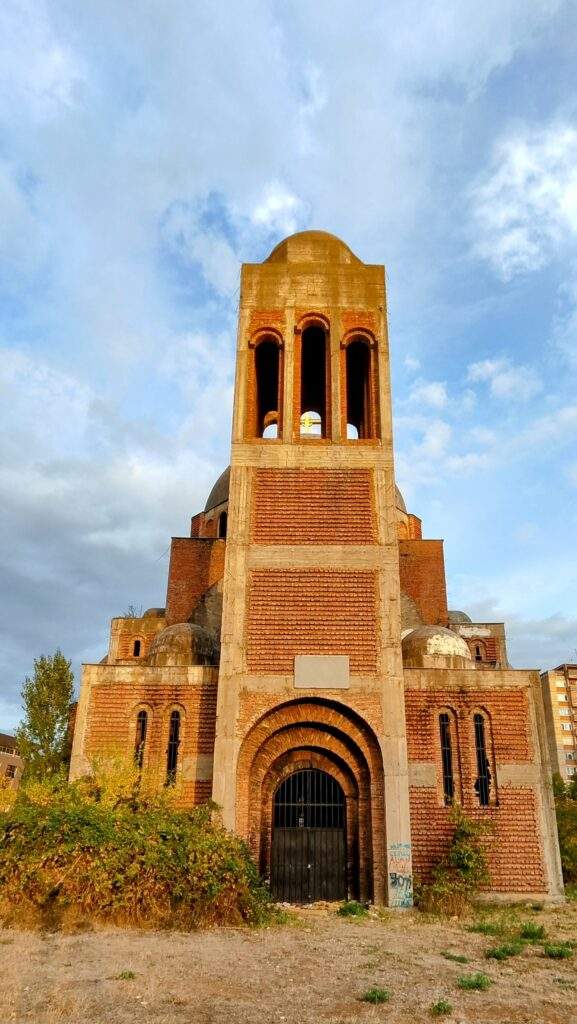Abandoned Kosovo: Church of Christ The Saviour, Pristina | Urbex

This unfinished Serbian Orthodox Church sits in the heart of the city of Pristina, within the campus of the University of Pristina. Construction began in 1992 and was due to be finished in 1999, but its completion was slowed by lack of funds and the deteriorating security situation in the country, before finally being interrupted by the Kosovo war.
Today the ornate shell is patrolled by a squadron of friendly stray dogs, its doors bolted shut, with weeds and litter surrounding what could have been a symbol of Serbian rule in the heart of Kosovo. Instead the abandoned project stands as a symbol of the complex and unresolved dispute between the Serbs and Kosovars.




A church on the site was first planned in 1973, however when Serbia took direct control of Kosovo (which had been an autonomous Yugoslavian state) the land was given to the Serbian Orthodox Church. A new plan was drawn up on the disputed land, with 1389 golden crosses- a reference to the Battle of Kosovo, which Serbians claim is an important event in their history, tradition, and national identity. Alongside other forms of enforced serbisation (the spread of Serbian culture, people and language), the foundations for this Serbian nationalist symbol were laid at the very same time as Albanian students and professors were being expelled from the university buildings, in 1992. The controversial external structure was completed in 1998.
After the war in 1999 there were several attempts to damage or destroy the building, which was placed under protection. During riots in 2004, nearly all Orthodox churches were damaged by the Kosovars, however the Church of Christ the Saviour remained unscathed.



Since Kosovo gained its independence in 2008, the dispute over who owns the land and whether the church should be built there has toiled on, and the future of the building remains uncertain. Ownership of the building and the land on which it is located is disputed between the University of Pristina and the Serbian Orthodox Church, leaving the building exposed to vandalism and decay. The church remains a contentious symbol of Kosovo’s troubled recent history, in the heart of its capital, Pristina.


Last Updated on 19 December 2024 by Michael




